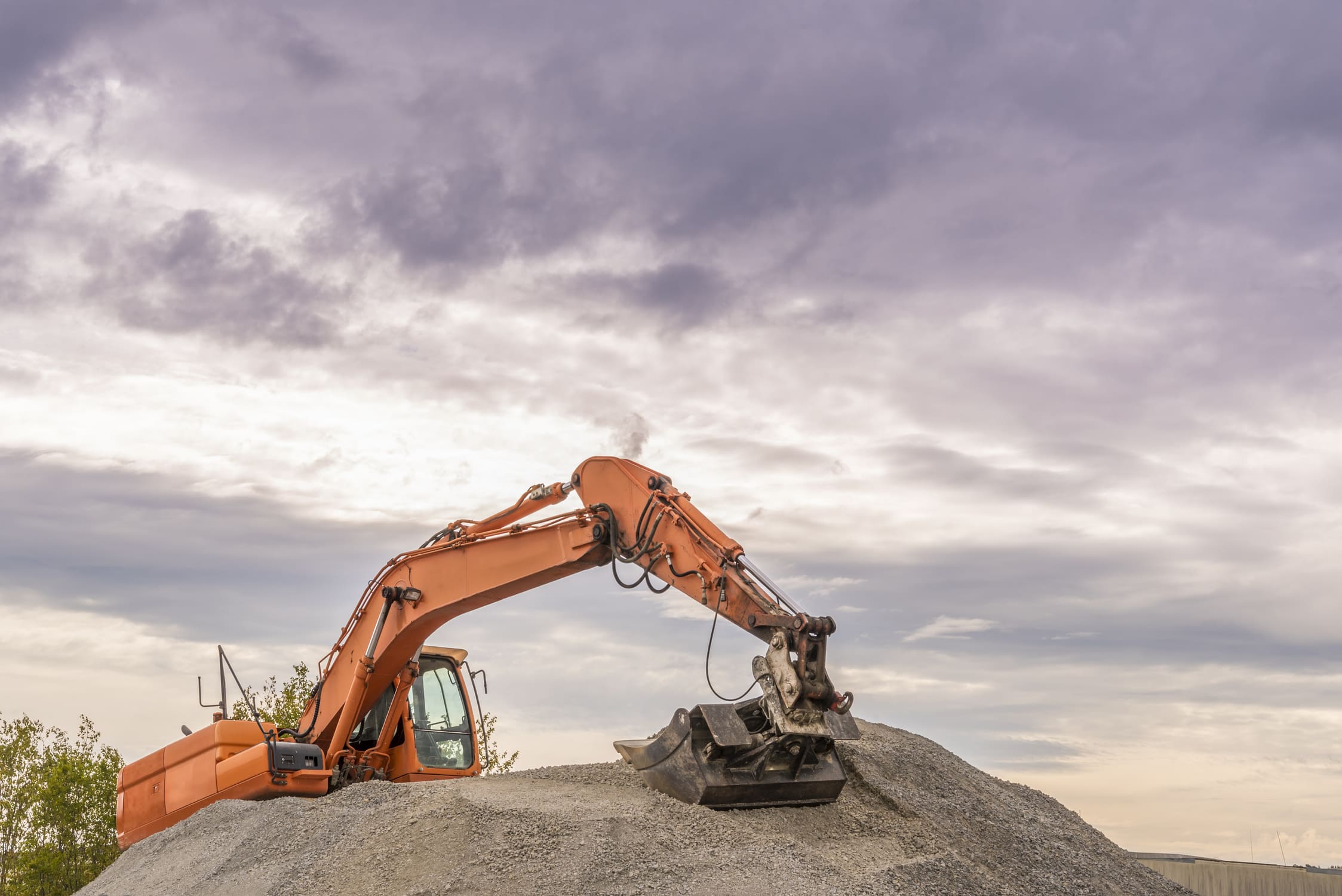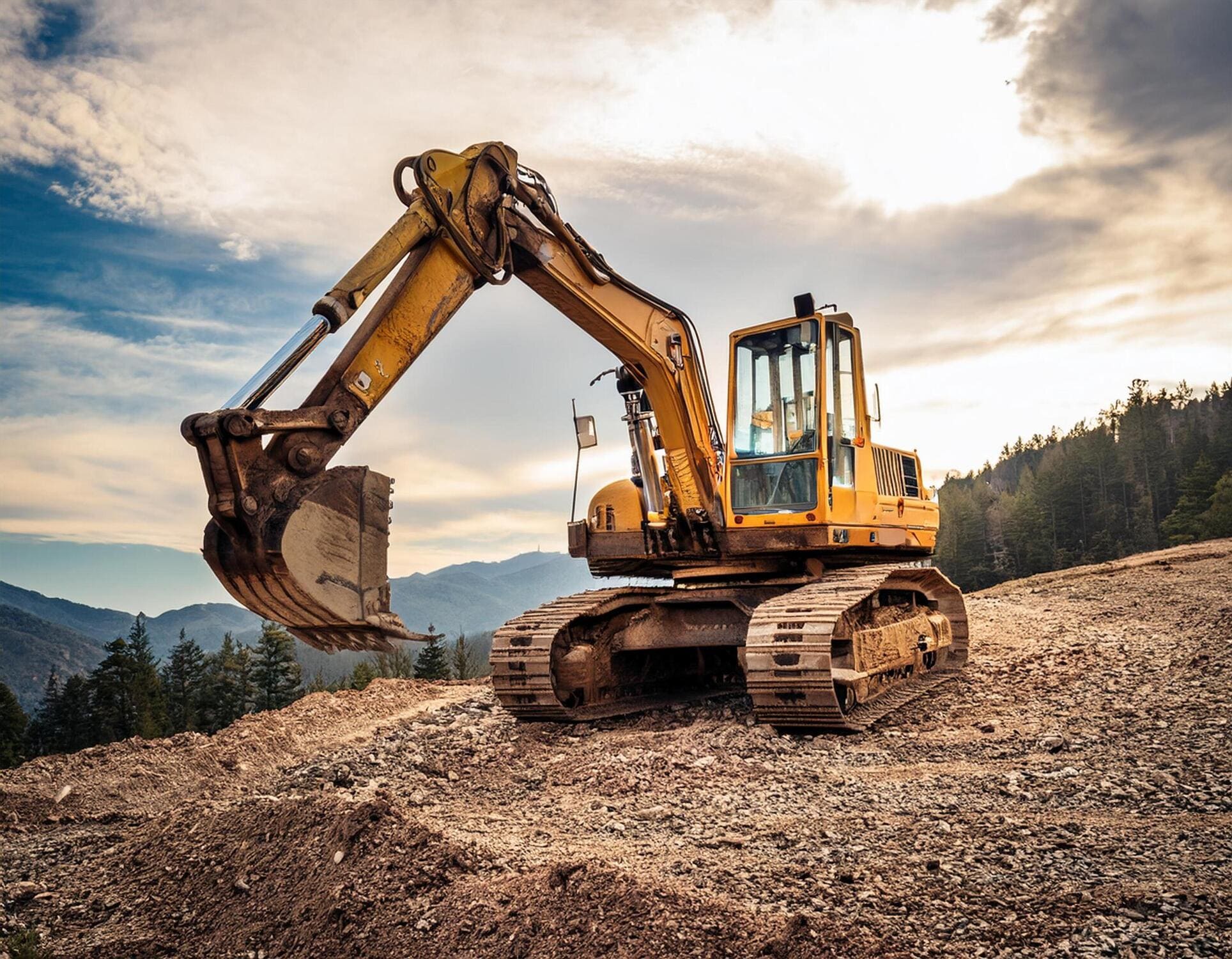Excavation is one of the most important processes in any construction or civil engineering project. It involves a set of techniques that allow materials to be removed and moved from the ground to create the necessary space for infrastructure, foundations, tunnels, or pipelines to be built. Without this step, most projects would be unfeasible, as it is the foundation on which any structure is built.
This procedure is not only applied in the construction of buildings or roads. It is also essential in mining, agriculture, the installation of sanitation networks, and urban drainage systems. Each project requires proper planning. It can range from excavating basements to preparing esplanades. The use of construction machinery and compliance with safety measures in excavation.
In this article, we will explain what excavation is, the different types that exist, what equipment and accessories are used in each case, and what practical tips should be followed to carry out efficient and safe work.
What is an excavation in construction?
Excavation is the controlled removal of rocks, soil, or other materials from the subsoil in order to adapt the terrain to the needs of the construction project. It can be done manually, with tools such as shovels and picks, or with heavy machinery when large volumes need to be moved.
Beyond removing soil, a well-planned process allows for digging trenches for pipes, preparing esplanades, creating underground spaces, and improving drainage systems. It also ensures the stability of the terrain through embankments or retaining walls.
Before digging, it is essential to consider the type of terrain, the geotechnical studies of the terrain, and the geometric characteristics that must remain unchanged during the execution of the work. These factors will determine the most appropriate excavation techniques and the type of fill required once the work is completed.

Types of excavation
The type of excavation depends on the terrain, the scale of the project, and the objectives of the work. Open-cut excavation is carried out on large areas such as roads or dams. On the other hand, trench excavation, which is narrow and deep, is used for pipes and cabling. It requires safety measures to ensure that buried elements, service networks, or nearby facilities are not affected.
Mechanical excavation uses backhoes, bulldozers, or mini excavators, and is the fastest and safest method. Manual excavation is also used, and although it is slower, it is very useful in archaeological work or areas where machinery cannot access.
Excavation by emptying or basement excavation is common in deep foundations and underground parking lots. However, tunnel excavation is used in transportation projects such as subways or railways. There is also mine or quarry excavation, which is common in the extraction of aggregates and minerals.
Excavation machinery
Excavation machinery is essential for safe and productive digging. Hydraulic excavators are the most versatile and can be equipped with attachments such as trapezoidal buckets, clamshell buckets, or hydraulic hammers.
Backhoe loaders are very useful in urban projects due to their medium size, while bulldozers are used to move large amounts of earth. Loaders speed up the transport of excavated material and offer precision in confined spaces. Motor graders, dumpers, and compactors are used as support to facilitate the execution of the work and the preparation of the ground.
Tips for efficient and safe excavation
This task requires planning and preventive measures. Before starting work, it is advisable to analyze the type of terrain and geotechnical studies. It is also necessary to check for easements, buried elements, service networks, or facilities that may be affected by the work to be carried out.
Regulations require that the contractor have easements, buried elements, and service networks located in advance to avoid damage. In addition, preventive measures must be taken against overhead power lines and other associated risks.
When digging deep, it is mandatory to use safety distances to protect operators and nearby infrastructure. The waste generated and its proper environmental management must also be taken into account.
The safety criteria and measures to be adopted, as well as the minimum distances necessary to protect workers, will be determined unilaterally by the director. In this regard, taking the recommended preventive measures is key to performing this task safely.
Excavation in urban and civil engineering projects is a key task that combines technique, specialized machinery, and safety. These range from road construction to basement excavation. Success depends on proper excavation planning, the use of appropriate excavation equipment, and the application of techniques that ensure ground stability.
When done right, this not only saves time and money, but also makes sure the infrastructure lasts and keeps existing stuff from getting messed up. With trained people, the right machines, and proper safety measures, you get an efficient, responsible, and safe process.

